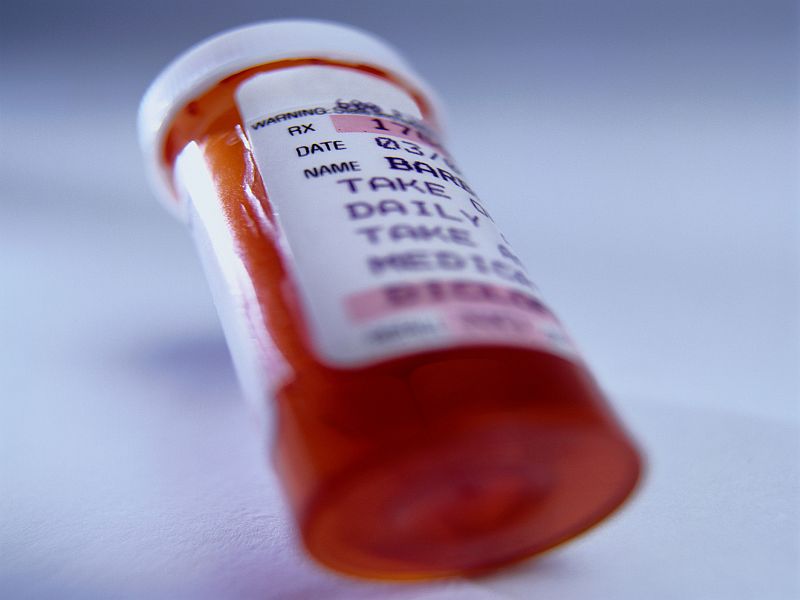-
Tips for becoming a good boxer - November 6, 2020
-
7 expert tips for making your hens night a memorable one - November 6, 2020
-
5 reasons to host your Christmas party on a cruise boat - November 6, 2020
-
What to do when you’re charged with a crime - November 6, 2020
-
Should you get one or multiple dogs? Here’s all you need to know - November 3, 2020
-
A Guide: How to Build Your Very Own Magic Mirror - February 14, 2019
-
Our Top Inspirational Baseball Stars - November 24, 2018
-
Five Tech Tools That Will Help You Turn Your Blog into a Business - November 24, 2018
-
How to Indulge on Vacation without Expanding Your Waist - November 9, 2018
-
5 Strategies for Businesses to Appeal to Today’s Increasingly Mobile-Crazed Customers - November 9, 2018
Study finds increase in prescription drug use, including multiple medications
A little more than 9 percent of healthcare spending in the United States goes for prescription drugs and the number of American adults taking these medications is increasing.
Advertisement
The research analyzed the use of a wide variety of prescriptions among those aged 20 and older, including antibiotics, birth control and heart medication. Therefore, it is hard to take out conclusions.
Recent data has shockingly revealed that more Americans are taking prescription drugs than ever before. Antidepressant use also increased from 7 to 13 percent, according to the study. Here in the USA, we aggressively peddle foods that propagate illness, and drugs to treat the illness that ensues.
Many drugs are being used to treat avoidable conditions, Katz said.
But the researchers also point out one overarching theme: The drugs that are most commonly prescribed right now are used for medical conditions that tend to afflict people who are overweight or obese.
The study found that drugs to treat high cholesterol and diabetes were among those experiencing increased use between 1999-2000 and 2011-2012.
For the study, Kantor’s team studied seven cycles of the National Health and Nutrition Examination Survey (NHANES) including 37,000 US adults age 20 and older. All of these drugs with the exception of atorvastatin, showed an increase in use over the study period.
It’s important that we continue to monitor use of prescription drugs in the population, as practice patterns are continually evolving as the population ages, the health needs of the population change, drugs enter/exit the market, scientific knowledge advances, and policies change. Their use among women fell from 19% to 11% following the discovery that hormone replacement therapy was associated with an increased risk of breast cancer, heart disease and stroke. Fifty-nine percent of Americans – about three out of every five people – are taking prescription medications for a few reason. Researchers offered no clear explanation but said the disparity “was not entirely attributable” to differences in insurance status. Polypharmacy was much more common among older adults: 24% of adults ages 65 and older reported use of 5 or more drugs in 1999-2000 and 39% reported use of 5 or more drugs in 2011-2012. In particular, the number of Americans who are on five or more maintenance medications at oncecalled poly-pharmacy useincreased from 8 percent to 15 percent in the same period.
Advertisement
CDC cited numerous factors that could be contributing to the trend, including the growth of third-party insurance and the increase in drug marketing to doctors and directly to consumers. These were the findings of a study led by Elizabeth Kantor at the Harvard School of Public Health in Boston.





























